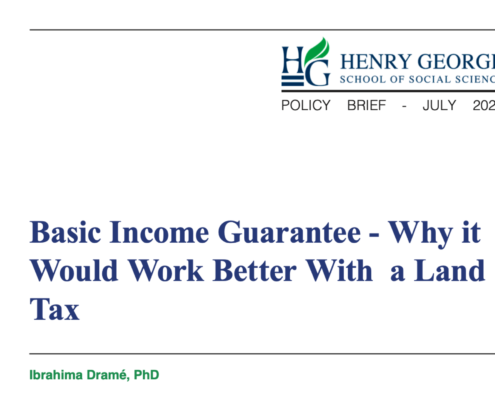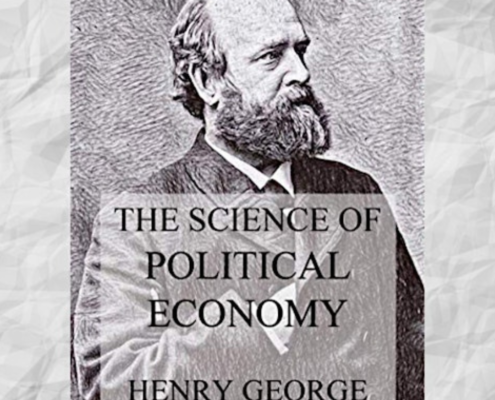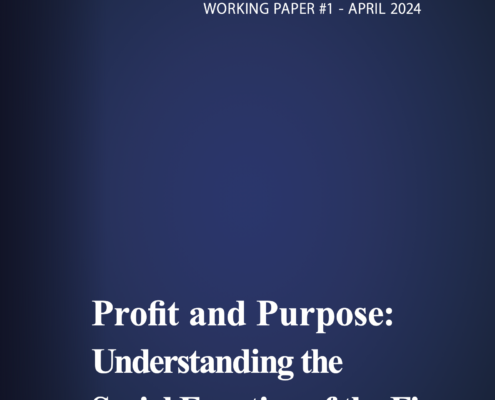Blog Elements
You can display blog posts in various ways with the “Blog Post” element/shortcode. You can see one example here and even more at the blog main menu item of this demo.
Nobel Prize-winning economist calls for climate tax on billionaires
/0 Comments/in Uncategorized/by hgsss_kuba
AI Social Risk? Real or Imagined by AI?
/
0 Comments
The development of AI has been centuries in the making. We notice it’s seeming instantaneous emergence in recent years as if it landed in a flash of light. Yet this lightning strike has been glowing within the computing world for over 75 years and much longer with philosophers and mathematicians. In most cases with the emergence of new technologies there have been some growing pains. However, science, engineering, and policy have acted to improve the solutions at each step. In this blog entry we will turn our attention to the history of AI, some of its key building blocks, and how its maturation may impact the types of social interests which Henry George discussed at length.

Policy Briefs, Bulletins, and Working Papers
A widening wealth gap, a marginalized middle class
and growing concerns about robots and artificial
intelligence (AI) displacing millions of workers is
fueling intense debates on the adequacy of social
safety nets in advanced capitalist economies. These
concerns have only become more conspicuous in the
aftermath of the Covid 19 pandemic; with mandatory
lockdowns and ensuing disruptions in labor markets.
 https://www.hgsss.org/wp-content/uploads/2024/04/The-Science-of-Political-Economy.png
1080
1080
hgsss_kuba
https://www.hgsss.org/wp-content/uploads/2019/04/HGS-New-Logo_2019_siteheader-300x77.png
hgsss_kuba2024-04-22 16:54:512024-06-13 16:28:31The Science of Political Economy (2024)
https://www.hgsss.org/wp-content/uploads/2024/04/The-Science-of-Political-Economy.png
1080
1080
hgsss_kuba
https://www.hgsss.org/wp-content/uploads/2019/04/HGS-New-Logo_2019_siteheader-300x77.png
hgsss_kuba2024-04-22 16:54:512024-06-13 16:28:31The Science of Political Economy (2024)
Eat the Poor, Boise Edition
In a nation with so many problems, being informed about issues from on high can be jarring. What's not so harsh is finding practical solutions performed by people living with the pain. But, unfortunately, we have to descend to the ground for that.
 https://www.hgsss.org/wp-content/uploads/2024/04/WWHGS-His-Brownstone-Is-Worth-5.4-Million.-Why-Is-His-Tax-Bill-So-Low.png
1080
1080
hgsss_kuba
https://www.hgsss.org/wp-content/uploads/2019/04/HGS-New-Logo_2019_siteheader-300x77.png
hgsss_kuba2024-04-18 16:57:412024-05-09 15:21:25His Brownstone Is Worth $5.4 Million. Why Is His Tax Bill So Low?
https://www.hgsss.org/wp-content/uploads/2024/04/WWHGS-His-Brownstone-Is-Worth-5.4-Million.-Why-Is-His-Tax-Bill-So-Low.png
1080
1080
hgsss_kuba
https://www.hgsss.org/wp-content/uploads/2019/04/HGS-New-Logo_2019_siteheader-300x77.png
hgsss_kuba2024-04-18 16:57:412024-05-09 15:21:25His Brownstone Is Worth $5.4 Million. Why Is His Tax Bill So Low?
Profit and Purpose: Understanding the Social Function of the Firm
The conventional business model views a firm’s short-term profit maximization as its only purpose and measure of success. At the end of the 19th century, Henry George analyzed the paradoxical trend of increasing inequalities in a period of rapid industrialization and growing corporate profitability. Today, the problem has risen again to the top of economic policy and academic discussions. The concerns revolve around enacting reforms of corporate governance structures consistent with a socially conscious business model. Reflecting on these topics, a new business model has begun to evolve in parallel with what has become known as the Stakeholder Approach. Increasingly, businesses are abandoning the one-sided focus on short-term profit maximization and implementing long-run measures for positive social impact. These firms embrace concepts such as sustainability and stakeholder capitalism. Evidence shows that firms that act ethically create sustainable prosperity both for themselves and for their employees and communities. This paper reviews previous theories of the firm, their shortcomings, the success companies achieve from embracing the new social paradigm for business, the organizational entities that may facilitate a transition to a socially conscious corporation through ESG measures that support stakeholder interests, and the organizations that measure businesses’ environmental and social impact.


